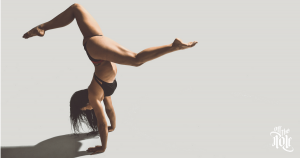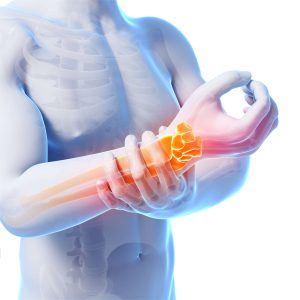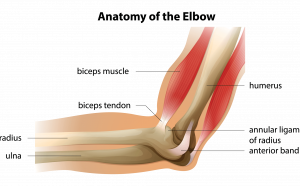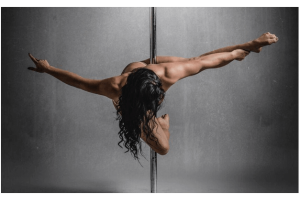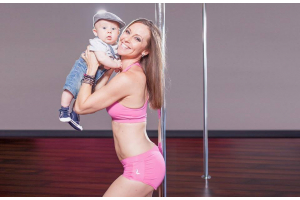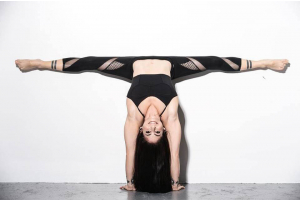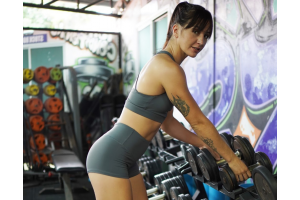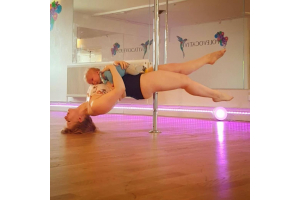Handstand February: 'How to Survive' - part 3
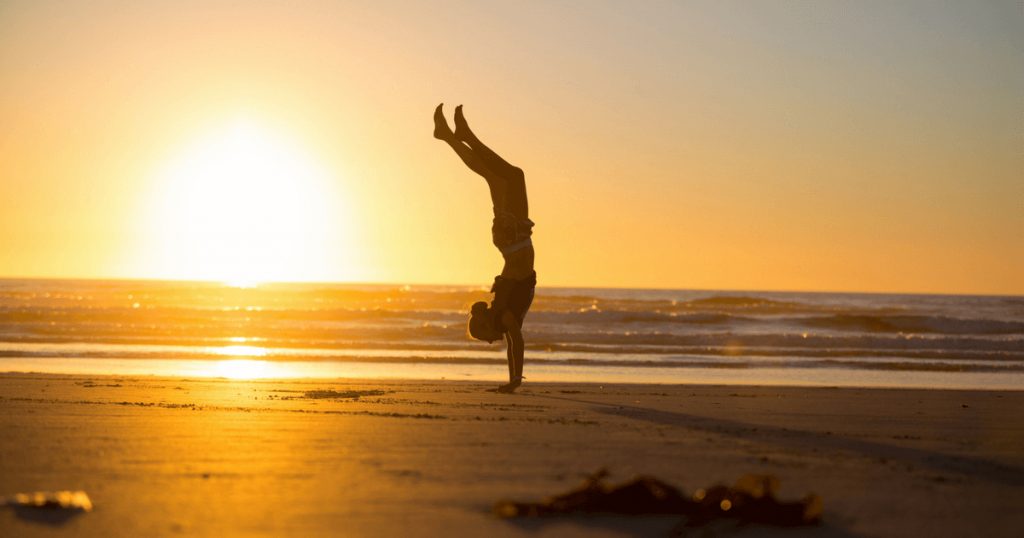
This week we have something for all those of you who like to geek out on fitness and anatomy details! After delving into falling and fear, we're going to end this 3-part series with a 3-part knowledge bomb;
This is a must for instructors/trainers and everyone else who wants to upgrade their know-how - it is a sure way to take your (students’) performance to new heights.
Throughout our pole journeys, there are several ‘Eureka’ moments, when we realize we might have been doing something wrong all along. Nailing your nemesis move is great, but there are no greater achievements quite as powerful as the mobility and prehab epiphanies (which allow you to enhance the quality of your training immensely).
Since mobility was already subjected to a thorough blog post, today we’ll talk about the latter.
Prehab, as the word suggests, consists of habilitating yourself for the task at hand BEFORE attempting it - in the fitness field this consists of:
- Proper warm-ups
- Effectively visualizing the move (break it down into simpler steps)
Warming up should be the first and foremost stage in every workout, since it is paramount to stay injury-free - studies (here and here) have shown that when you ‘prime’ your muscles for the upcoming bout of physical exercise, your injury probability decreases significantly.
This entails working up a sweat while your muscles undergo a fraction of the force you’ll need to successfully workout. For us pole dancers, and every other body-weight training athlete, this means lifting less weight/exerting less force than your total weight (acceleration times mass equals force).
Tips and tricks for handstands
Below are a couple of videos that you can leverage to stave off injury, whilst preparing for on- or off the pole activities.
...and a little throwback to 2 years ago:
Handstands 301
Look:
Each exercise is different, and requires you to focus on different muscle groups.
But some things remain true, whatever the workout - while your bones are load-bearing (collagen absorbs traction forces, while hydroxyapatite withstands compression events), your muscles, tendons and ligaments articulate movement of your skeleton and, with proper training, increase your endurance, i.e the ability to undergo strenuous exercise for longer periods of time.
Without going into too much detail, here is some bite-sized knowledge:
- Muscles - fast-twitch and slow-twitch fibers - we can harness the former for power, while the latter provide us with endurance - different approaches to training are required to improve both
- Bones - (mostly) consist of organic collagen and inorganic hydroxyapatite; a useful analogy is made by looking at reinforced concrete, where steel plays the role of collagen, and cement works just like hydroxyapatite
- Tendons connect bone to muscle, promoting stability and the ability to pivot around your joints; ligaments connect bone to bone, and they share the workload with tendons.
In regards to handstand-related anatomy, these are the most important aspects:
- Wrists
Planes of movement:
- Frontal (flexion/extension)
- Sagital (abduction/adduction)
If we don’t strengthen our upper body we risk overexerting our wrists, which is where most of the force is applied when in full handstand. Warming these up with flexion, tension, abduction, adduction and circular movements also efficiently increases temperature and primes them for not only handstand training but also any other off- or on the pole activity.
- Forearm
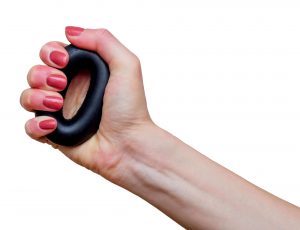 The ugly duckling of the bunch; it deserves a proper workout too! Your finger flexors elicit movement from it, so clutching movements (like the one shown in the image below) are perfect to get those forearm tendons burning, promoting hypertrophy in the process.
The ugly duckling of the bunch; it deserves a proper workout too! Your finger flexors elicit movement from it, so clutching movements (like the one shown in the image below) are perfect to get those forearm tendons burning, promoting hypertrophy in the process.
- Elbow
Planes of movement:
- Sagital (left/right)
- Frontal (flexion/extension)
By allowing the biceps and triceps to work in tandem with your forearm you're able to take the strain away from your elbow.
- Shoulders
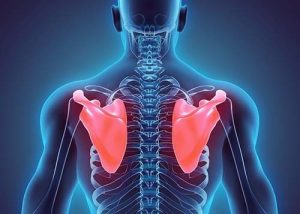
Planes of movement:
- Horizontal (up/down)
- Frontal (flexion/extension)
In turn, your deltoid and trapeze muscles provide added stability to the joint, allowing you to focus on your balance.
Check this out for a detailed overview of how your shoulders engage, we’ve covered them in depth in a previous blog.
You’d think that the perfect handstand would rely solely on the upper body, but this is by no means true: bracing your core and using your lower legs for balance are just as important.
And like we talked about in part 2, your handstand posture is of the utmost importance.
Here is that video in case you missed it:
Proprioception: what is it?
The last item on the list for today is proprioception; despite looking and sounding daunting, this is nothing more than your awareness at play - repetition is key to mastering ANY move, and with each iteration you develop a sense of what muscles you need to engage, what movements you have to trigger, and when.
And then you do, automatically.
Some people call this “muscle memory”.
Try to pole dance with a blindfold on and you’ll see what I mean.
DISCLAIMER: Please don’t hold me accountable if you or anything breaks while doing this..!!! I’m joking, but be careful.
Next week we’ll do a little recap and go over how you can effectively recover your muscles and joints from the handstand gauntlet they’ve been subjected to. Stay safe, and remember,
TRAIN SMART - DANCE MORE
xX,
Sarah
Sources:
[1] - Shellock, F.G. & Prentice, W.E. Sports Medicine “Warming-Up and Stretching for Improved Physical Performance and Prevention of Sports-Related Injuries” (1985) 2: 267
[2] - Fradkin, AJ, Zazryn, TR, and Smoliga, JM. “Effects of warming-up on physical performance: a systematic review with meta-analysis.” 2010, J Strength Cond Res 24(1): 140-148,
[3] - Holm, Inger PT, PhD* et al, "Effect of Neuromuscular Training on Proprioception, Balance, Muscle Strength, and Lower Limb Function in Female Team Handball Players" - Clinical Journal of Sport Medicine: March 2004 - Volume 14 - Issue 2 - p 88-94

